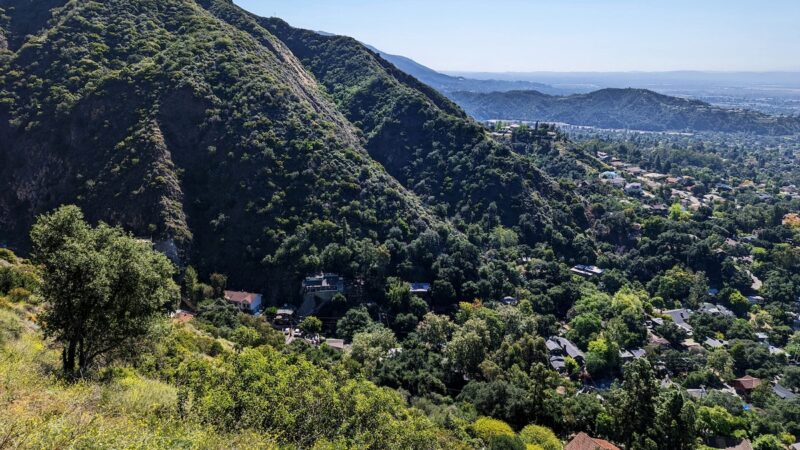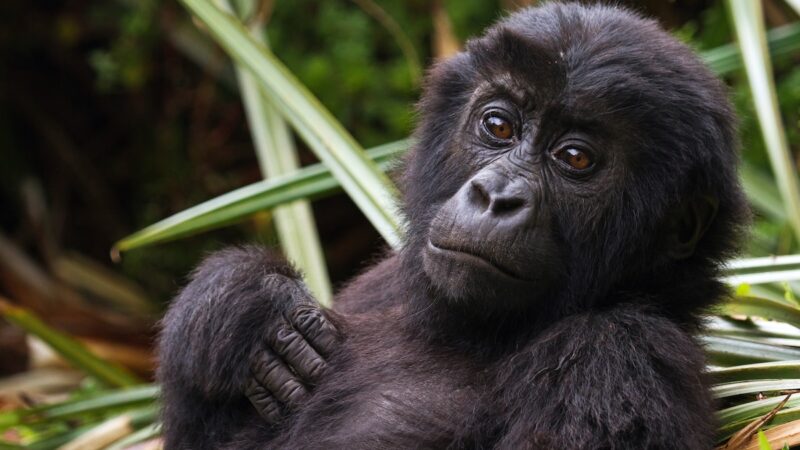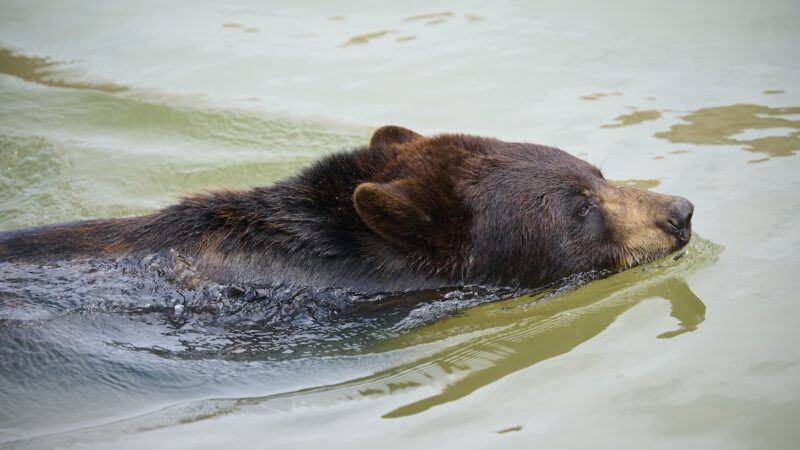5 Safe Mushrooms Bear Grylls Likes to Forage, Prepare, and Eat
Survivalist Bear Grylls knows the importance of getting it right when it comes to foraging. He has built up his own knowledge of which plants and mushrooms to eat—and which ones to avoid—over many years, and he says you should never eat a mushroom unless you have correctly identified it using more than one source.
Videos by Outdoors
Disclaimer: Foraging for mushrooms is not for beginners. Never eat anything you are unsure about. Many mushrooms and plants have toxic look-alikes and can be deadly. Take caution and do your research before foraging and consuming mushrooms foraged in the wild.
The Thrill of Hunting for Mushrooms
“Once you know what you are doing, hunting mushrooms can be a great outdoor activity,” writes Bear in his book Extreme Food. “More importantly, the ability to identify certain edible species can be invaluable in a survival situation.”
Here’s what else Bear says about five fungi that you can find in the wild.
Chanterelles
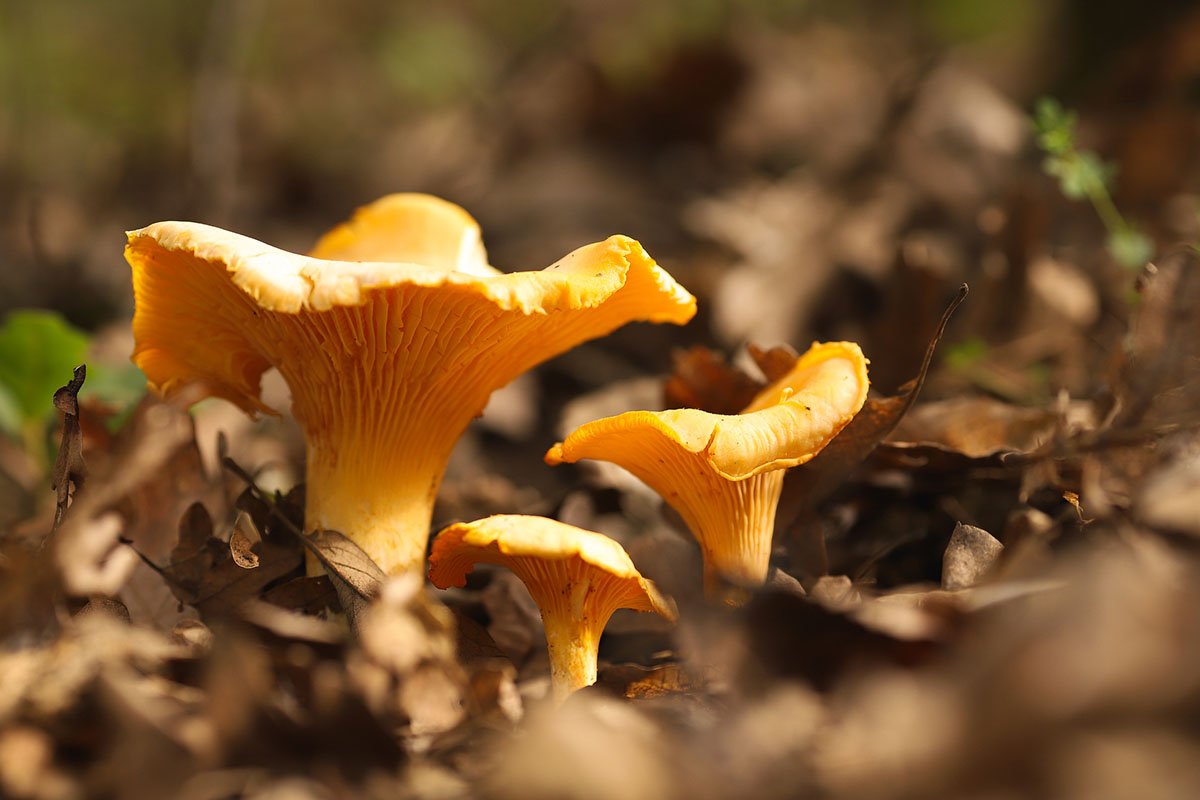
“If you stumble across a patch of chanterelles, you’re lucky. They’re not only edible, they’re delicious,” says Bear in Extreme Food.
Bear says that these can be easy to identify – their color is egg-yellow, they have a
distinctive funnel shape, and they have the slight smell of apricots.
“As a survival food they can be boiled for 10 minutes before eating,” says Bear.
Giant Puffballs
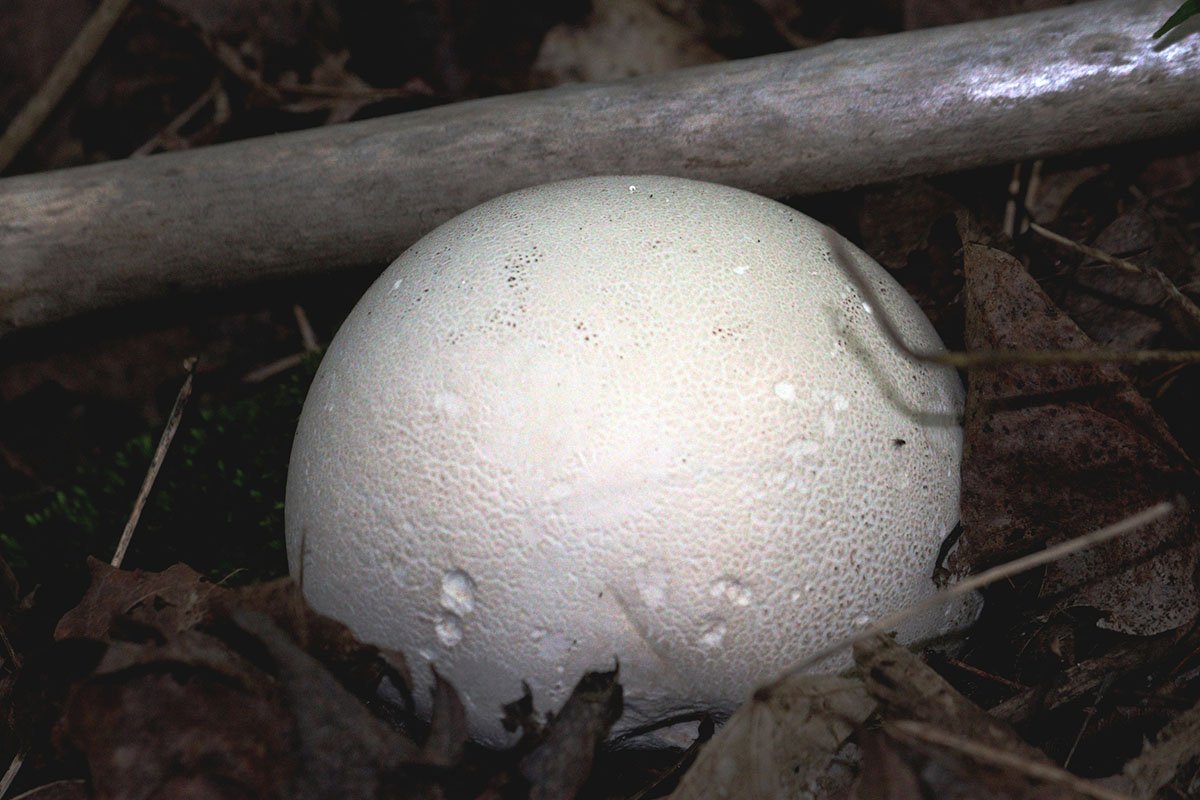
“Giant Puffballs are awesome. They are totally distinctive – big white globes with no gills, that can grow to the size of a football – and extremely edible,” says Bear in Extreme Food.
Bear advises that the puffball’s flesh should be white all the way through if it’s to be eaten (avoid it if it is starting to go brown or green).
“It’s fantastic fried over the campfire with a little oil, salt, and whatever other flavorings you have to hand,” he says.
Chicken of the Woods
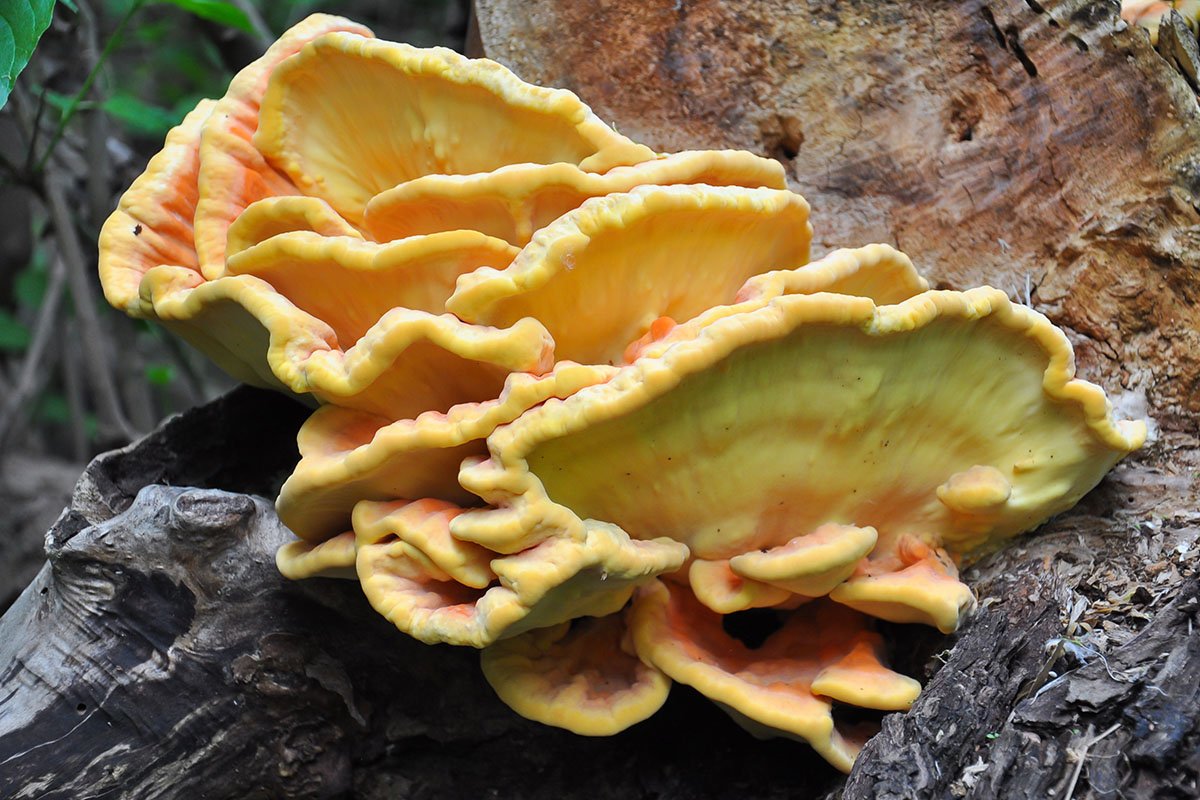
The chicken of the woods is also quite easy to identify, growing on trees – mostly oak. The mushroom is supposed to look like a chicken’s foot, which is where it gets its name.
“It has a distinctive bright yellow and orange coloring,” says Bear. “It has a decent taste – slightly sour, but good and mushroomy.”
“Some people have an allergic reaction to this fungus, so make sure you cook it well and eat only small portions to begin with,” says Bear, who also warns you should avoid this if you find it growing on or near the poisonous yew tree.
Cauliflower Fungus
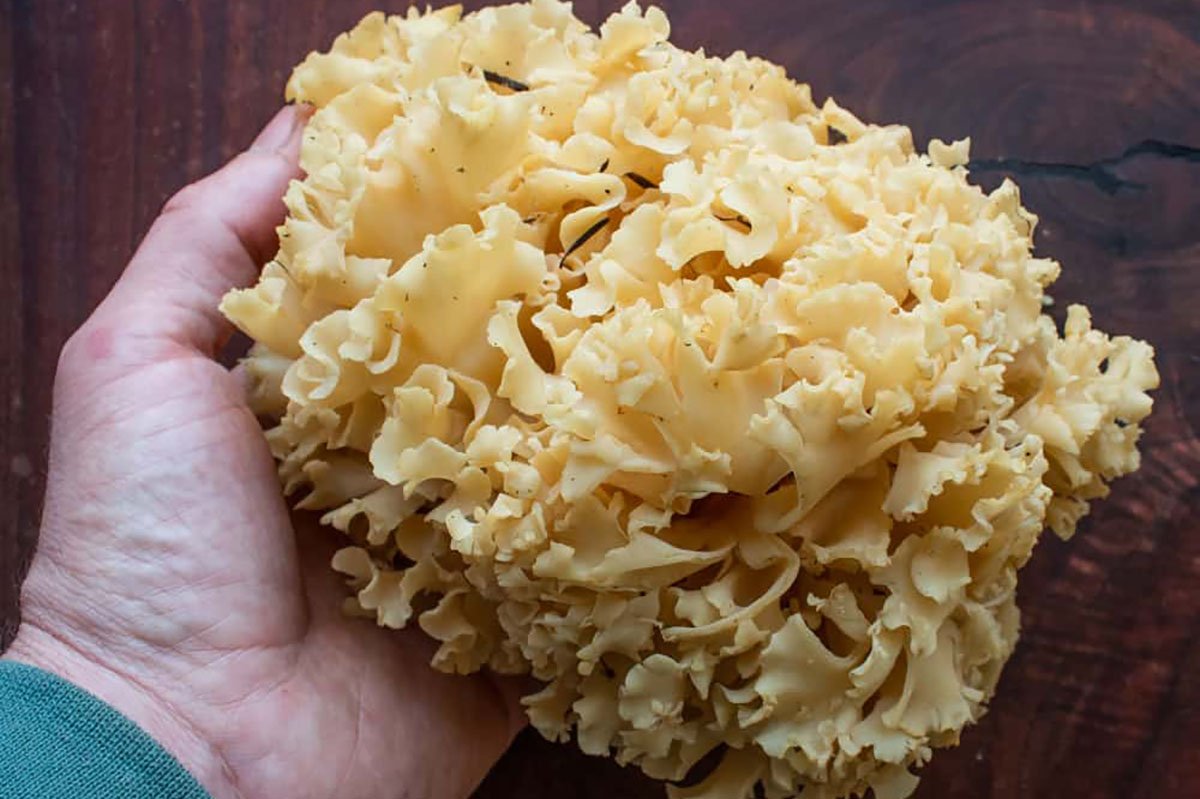
“The cauliflower fungus looks like a spongy cauliflower head. You find it growing at the bottom of conifers, and nothing else really looks like it,” says Bear, who says you can cook a cauliflower fungus pretty much any way you want – fried, boiled, stewed – and it will taste great.
You might find that some creepy-crawlies have taken up residence inside it, so before you cook it, immerse the fungus in purified water to wait for them all to slither out.
Beefsteak Fungus
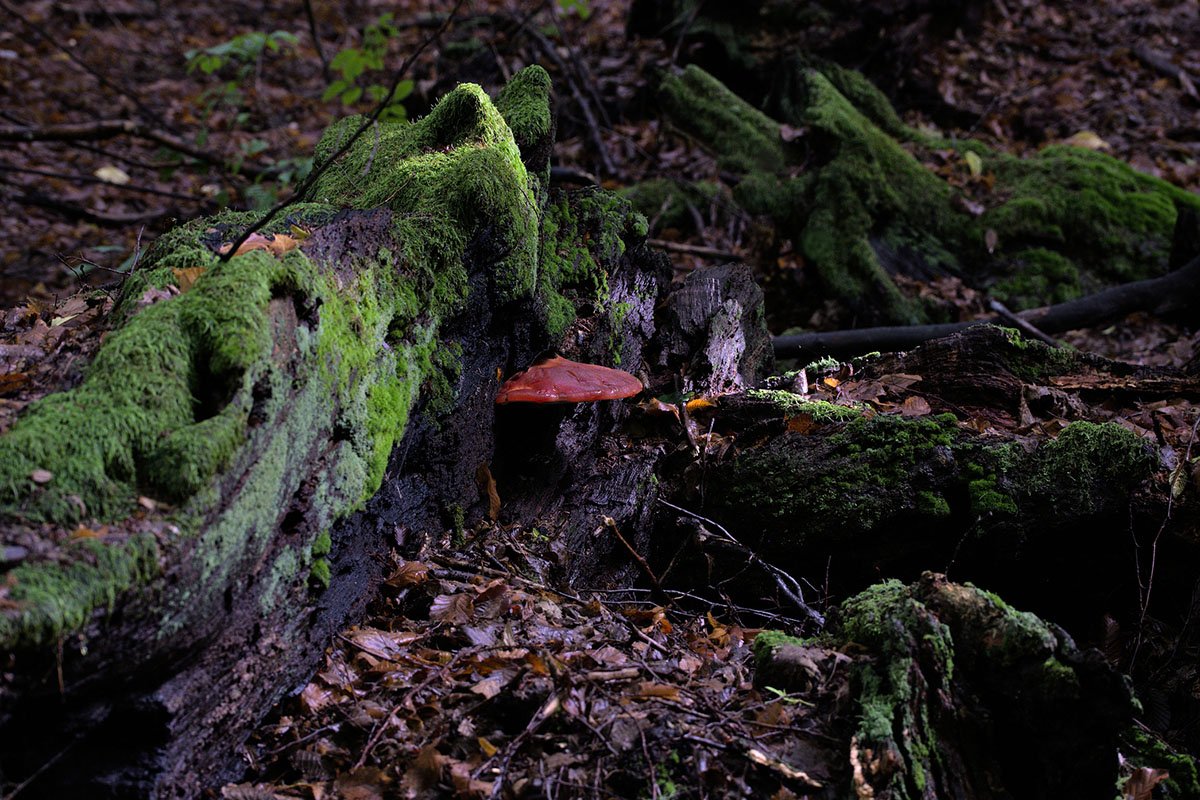
“The beefsteak fungus is a pretty weird looking thing. It certainly doesn’t look like your regular mushroom,” says Bear in Extreme Food.
The beefsteak fungus grows on living trees like oak or chestnut. When it’s young, it resembles a large tongue and then as it gets older, it starts to look like a liver.
“If you cut into the flesh you’ll see that it looks like a piece of fatty steak. Even stranger, it’ll look as if it’s bleeding because it will exude a large amount of red fluid,” writes Bear.
For more information about edible and toxic mushrooms, check out these guides from Outdoors.com:


